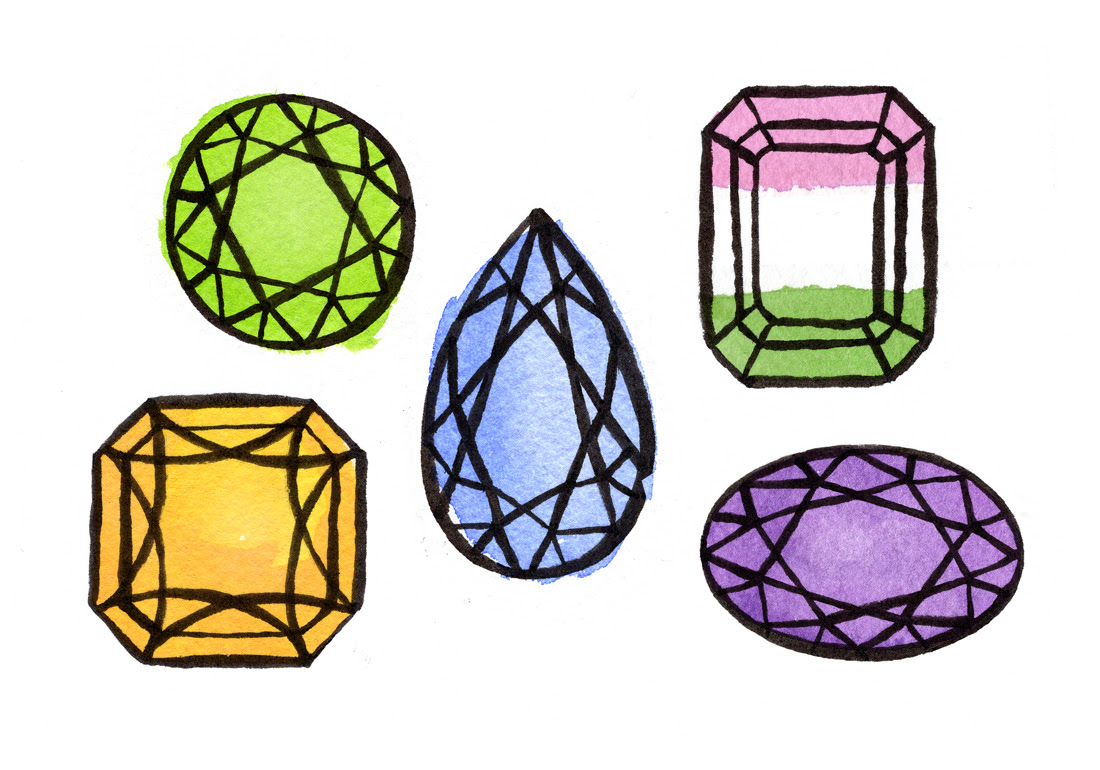#Gem #Facts #Featuring #Gemstones #Gem #Gossip #Jewelry #Blog
Earlier this year I dedicated 20 days over on Instagram to posting gemstone facts and it was so fun! I randomly picked the gemstones that would be featured — most of them are my favorites, mixed in with some that I find truly fascinating. I love the educational side of Instagram, so I had that goal in mind when putting this series together. I wanted to share it collectively here as well — so here it is!
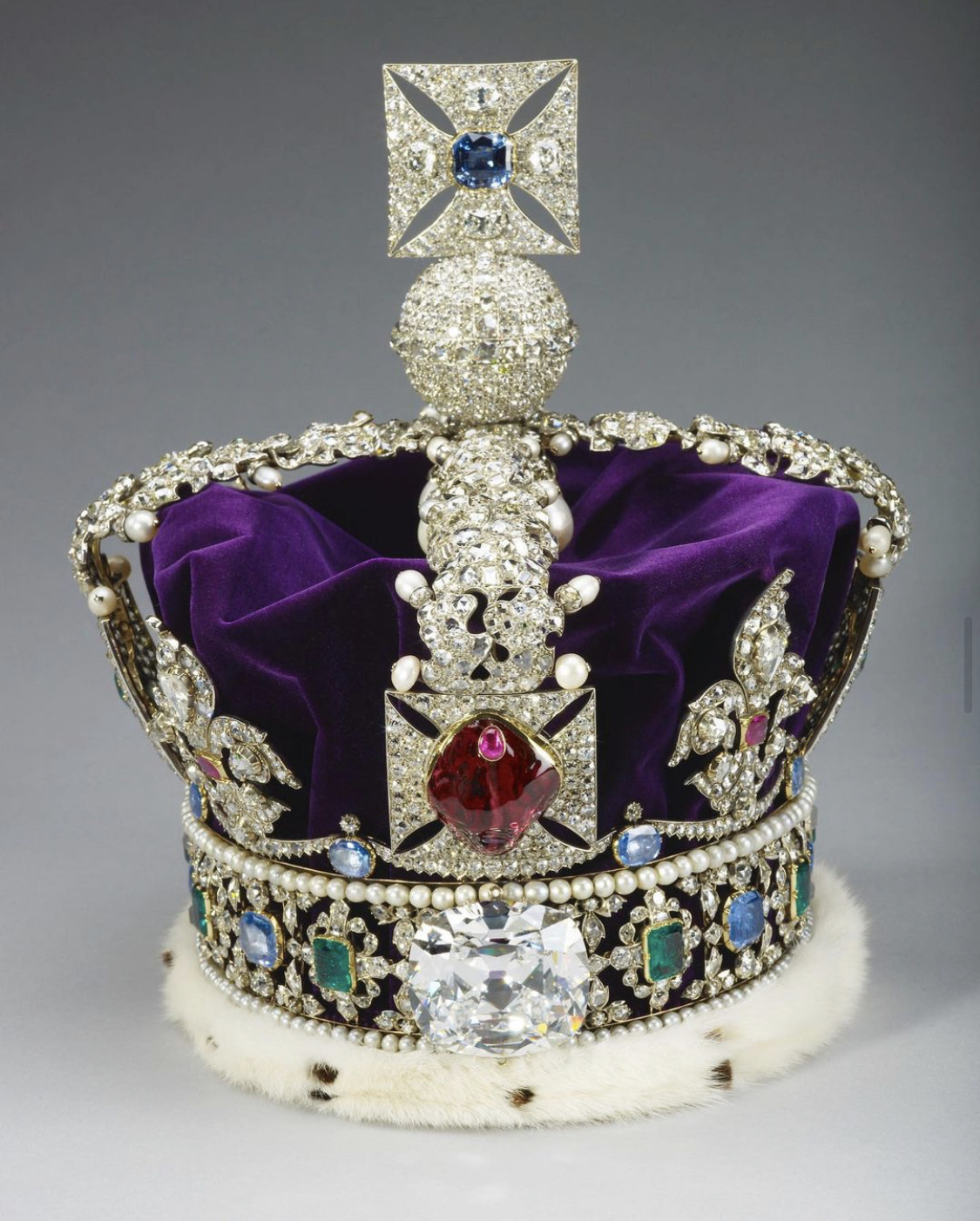
Spinel
Spinel has been dubbed the great imposter — many famous rubies in crown jewels around the world are actually spinel! Pictured here, the Black Prince’s Ruby which is actually an irregular cabochon of 170 carats of spinel.
It wasn’t until 1783 that spinels were chemically differentiated from rubies and recognized as their own gem species.
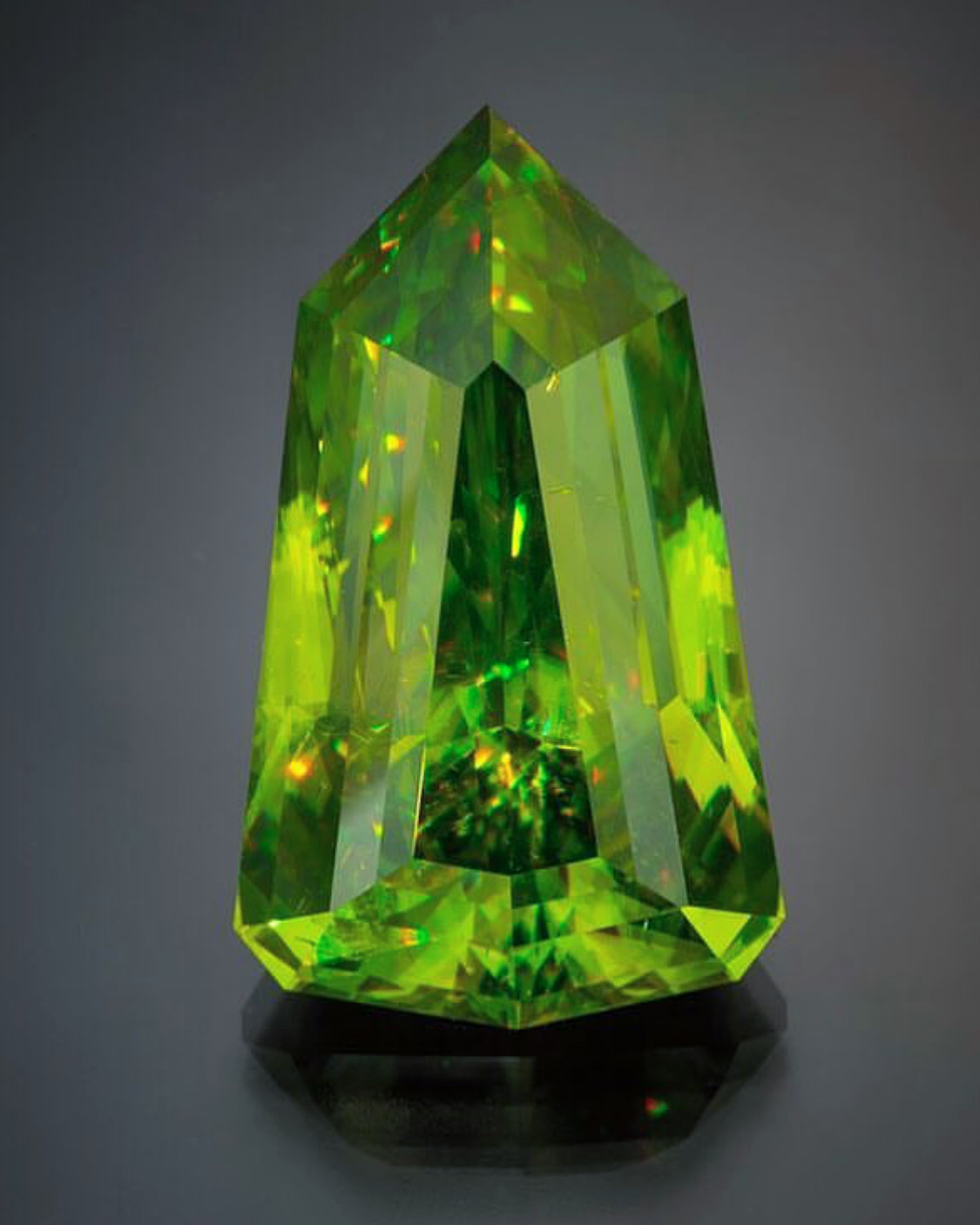
Sphene
Sphene is a rare collector stone with a wildly high refractive index. The dispersion of Sphene exceeds that of diamond, and it can possibly exhibit flashes of gold, yellow, red & green.
📸 from @palainternational @carl_larson of a Sphene of theirs cut by @kosnargemco
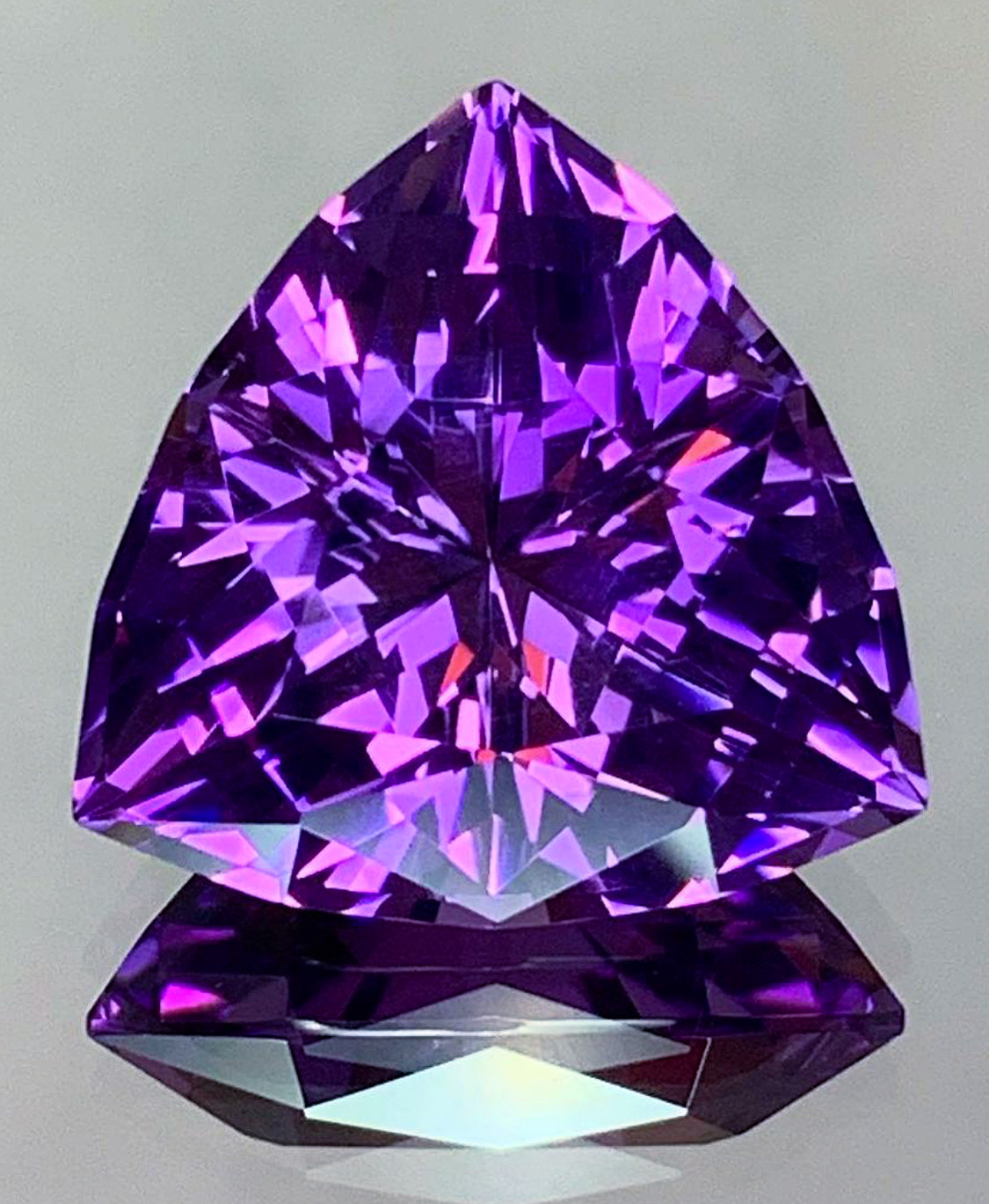
Amethyst
Did you know? Amethyst was always considered equal in value to diamonds, rubies, and emeralds until the mid-19th century when vast deposits were discovered in Brazil. The market collapsed entirely …fast forward to today, the stone is now an incredibly accessible & affordable gem.
📸 by @zavamastercuts of an incredible 12 carat amethyst
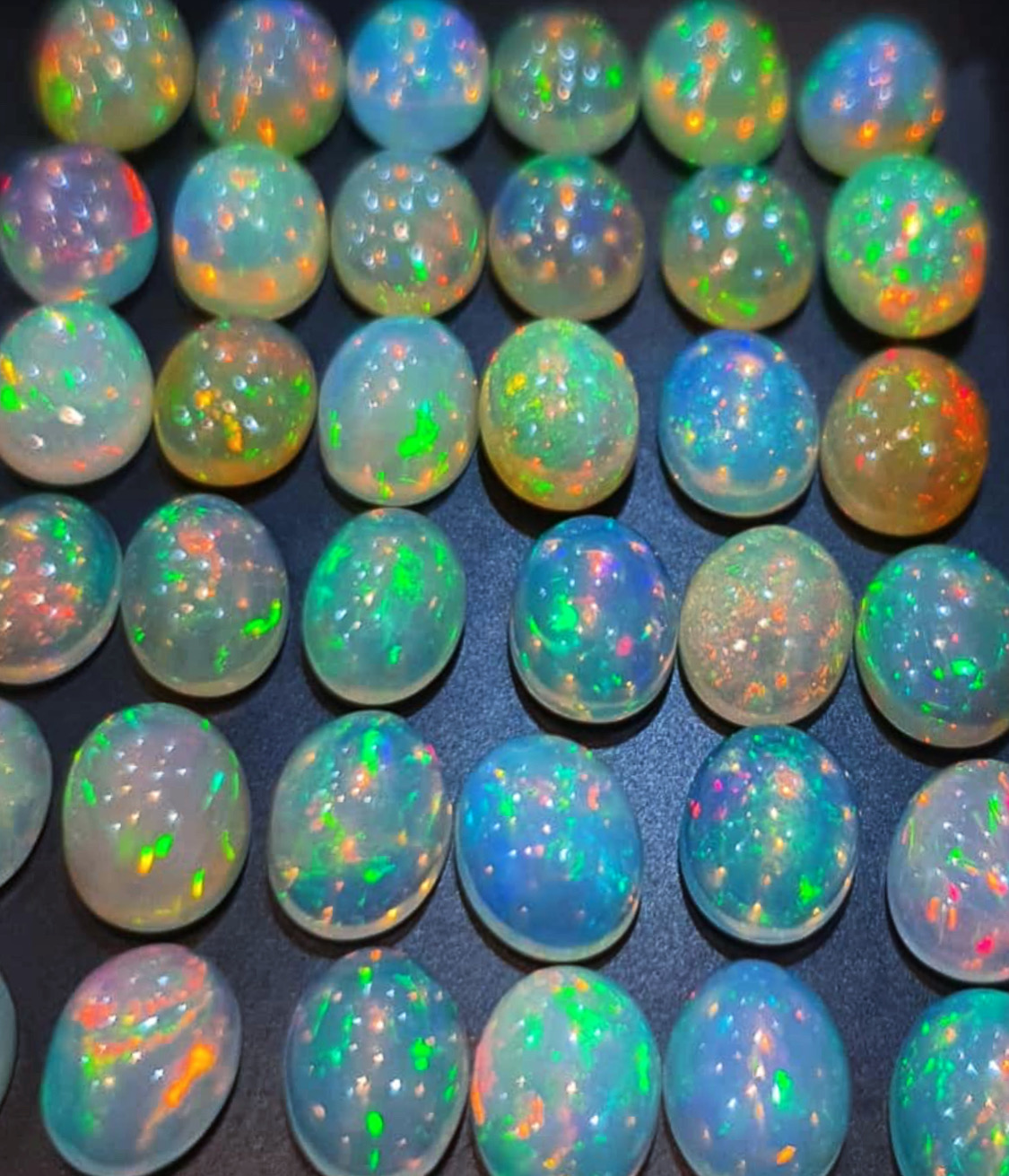
Ethiopian welo opals
Hydrophane, Ethiopian welo opals tend to absorb water, which can change their opaqueness to somewhat translucent or even transparent! How? It’s because of it’s internal structure. The silica spheres that make up a welo opal are unstructured and random which allows ample space for water and other liquids to be absorbed.
📸 from @labradoriteking
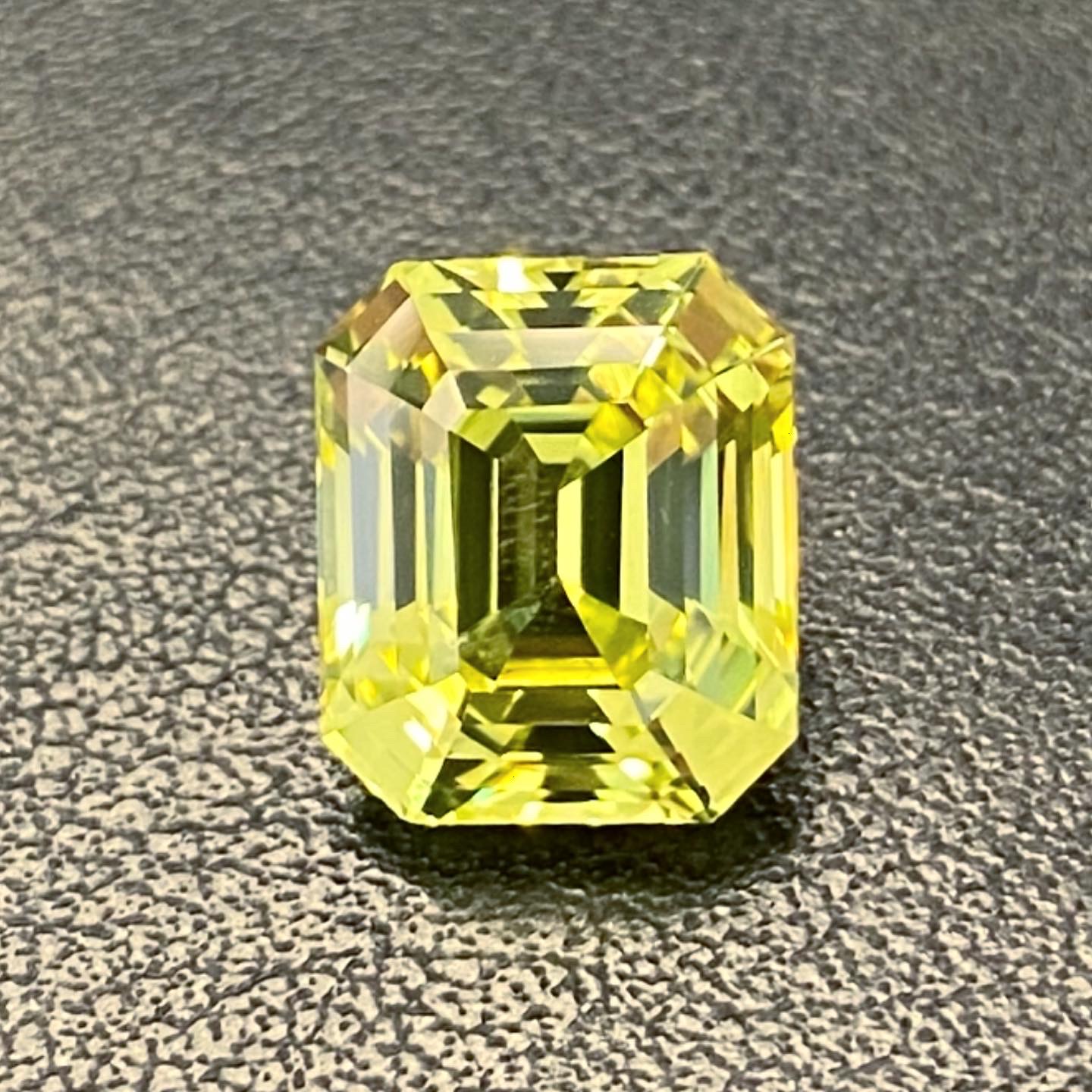
Chrysoberyl
Don’t confuse chrysoberyl with beryl! They are two totally different gem families despite having the same name. Members of the beryl group include emerald, aquamarine, & morganite while members of the chrysoberyl group include chrysoberyl, cat’s eye chrysoberyl, and alexandrite.
📸 from @gemfluencer featuring an exquisite yellow chrysoberyl from Tanzania
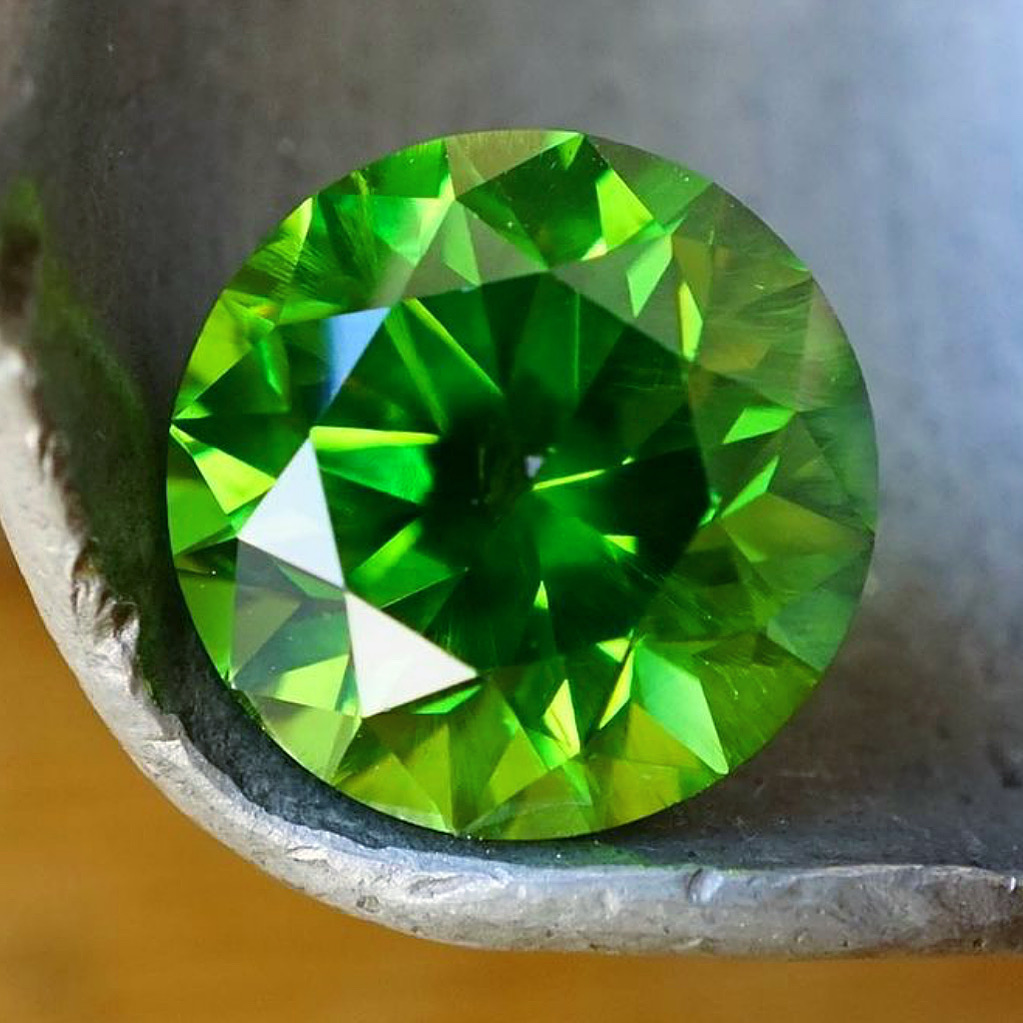
Demantoid Garnet
Demantoid garnets are considered to be the rarest & most valuable members of the garnet family. Discovered in Russia more than a century ago, demantoids range in color from light green to dark green, sometimes containing yellowish components.
📸 from @crazygemhunter
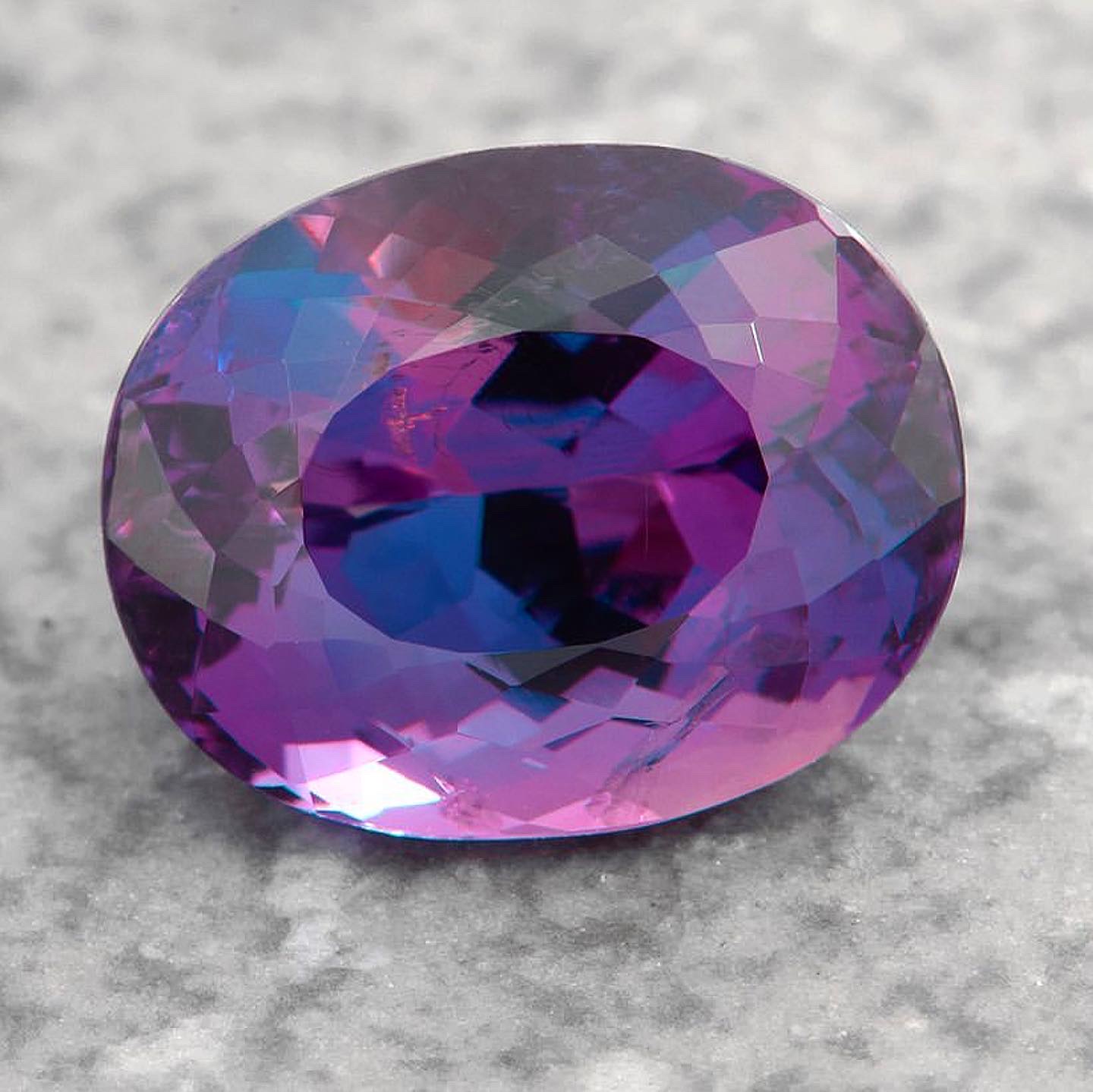
Alexandrite
Mining of Alexandrite in Russia lasted less than 100 years from the time it was discovered in 1833 to the early 1900s. It was George Kunz (famous gemologist & gemstone buyer for Tiffany & Co.) that probably did the most to make this stone popular. He was so captivated by alexandrite that he traveled all the way to Russia in search of it!
Almost half of the early Russian alexandrite jewelry is said to have been made by Tiffany. These pieces are rare collectors’ items and sometimes show up at auction.
📸 from @mayerandwatt
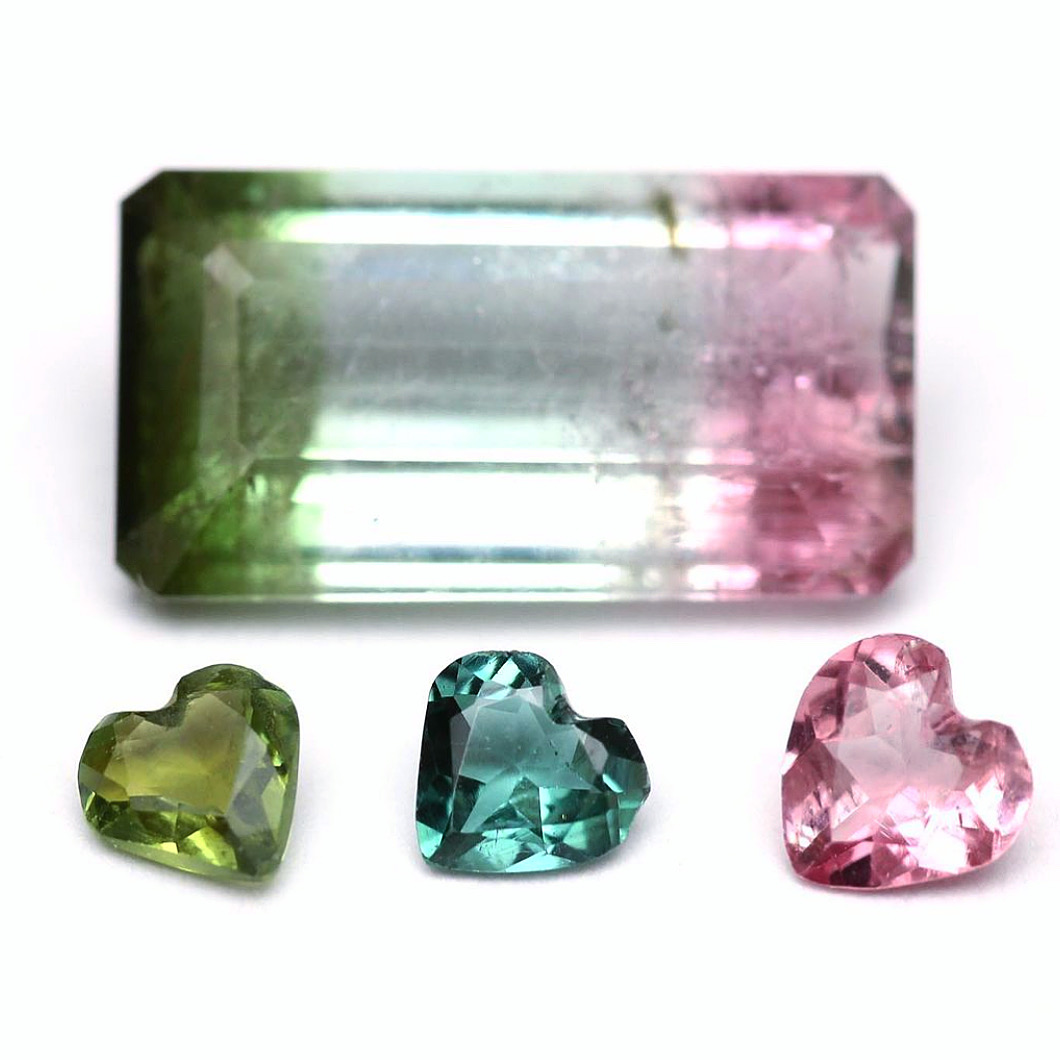
Tourmaline
Over 30 varieties of tourmaline exist, but only a few are of any gemological significance. In the gem trade & jewelry industry, trade names that reflect the color or origin of the stones are far more easier to remember & pronounce. Here are a few — rubelite, watermelon tourmaline, paraiba tourmaline, indicolite, chrome tourmaline…
📸 from @totemkitten
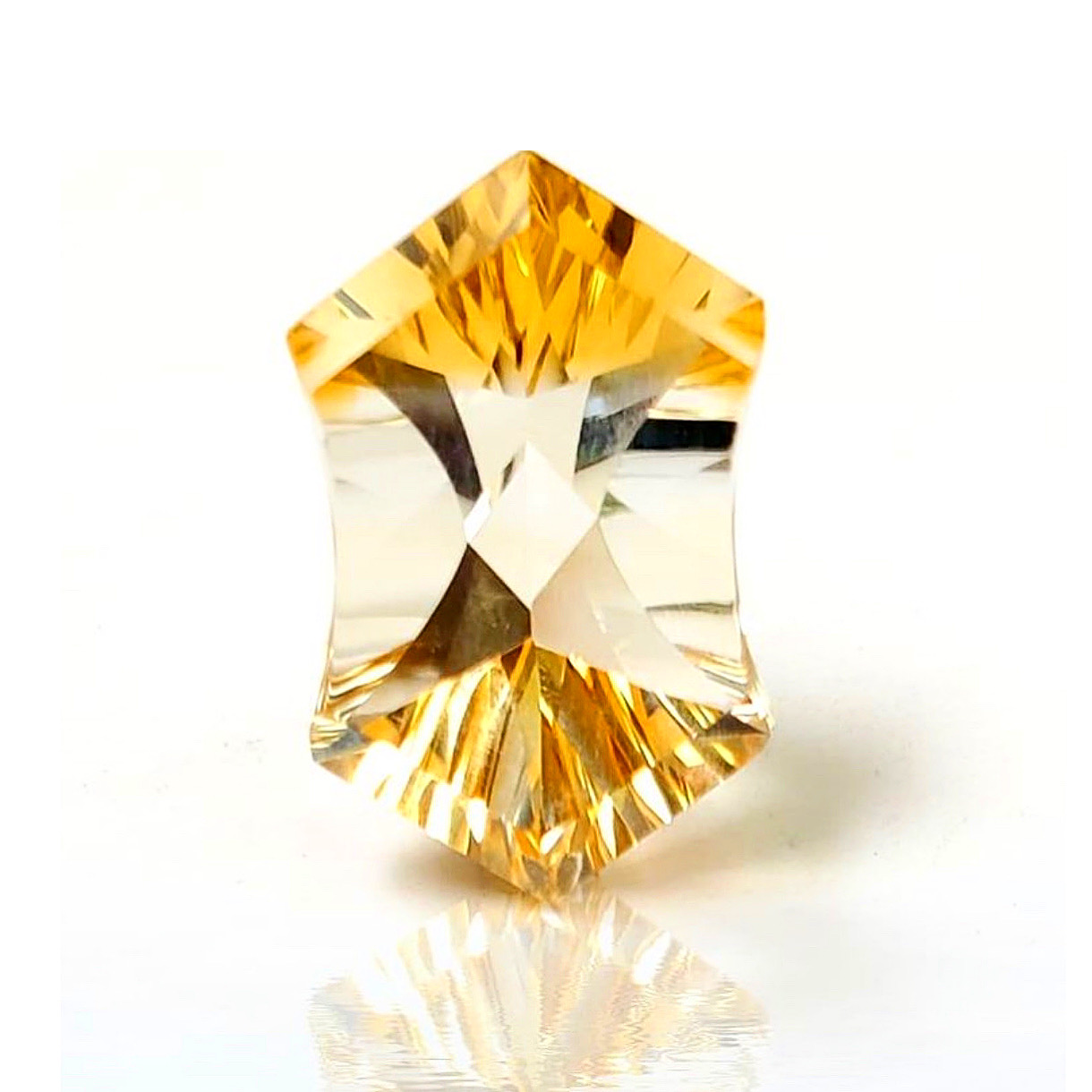
Citrine
Most citrine on the market has been heat-treated. Yellow quartz is actually somewhat rare in nature. Low grade amethyst or smoky quartz are often cooked at high temps to produce citrine. ☀️
📸 from @sunstone.da who hand cut this amazing citrine
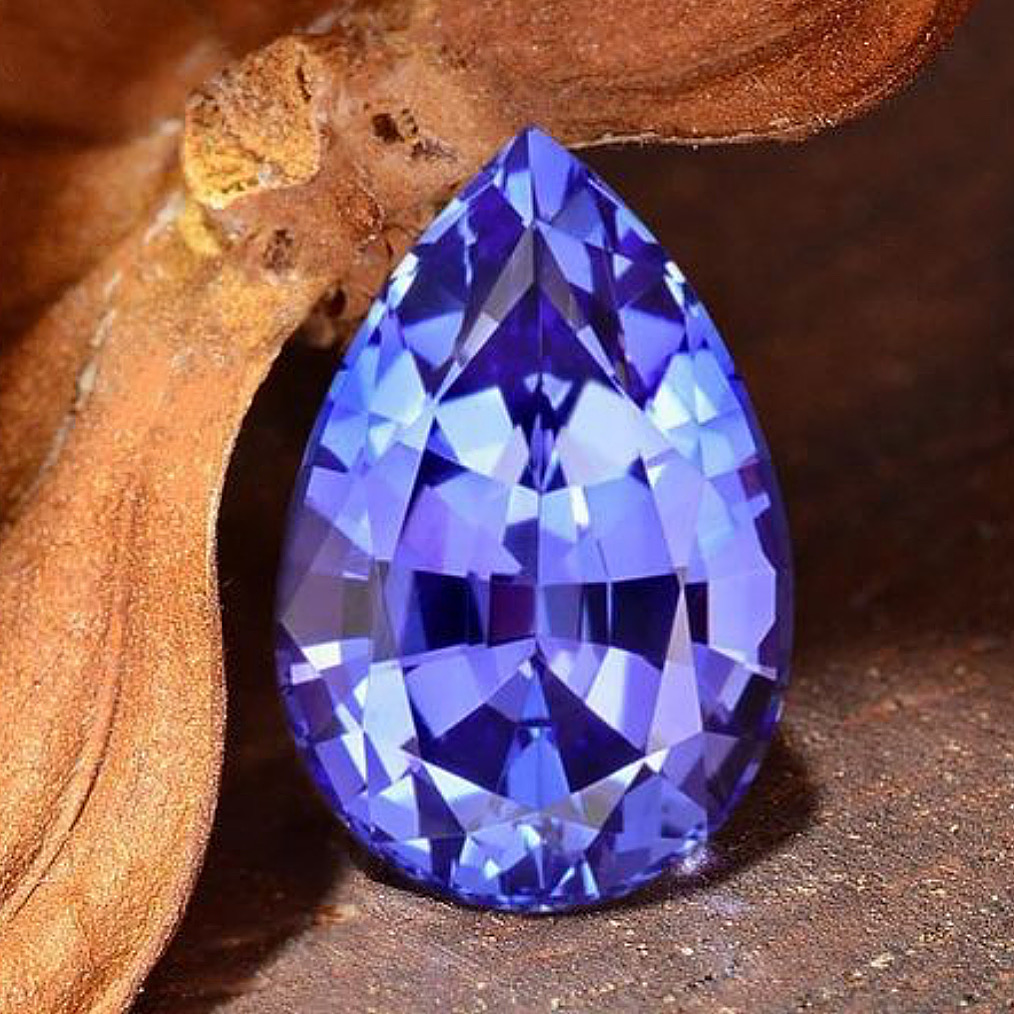
Tanzanite
Tanzanite is scientifically referred to as blue zoisite — it was renamed by Tiffany & Co. in 1968 to better market the gem. It is generally enhanced by heat unless noted, starting out as a root beer brown color usually or sometimes yellowish.
Tanzanite was one of the first gems I became obsessed with in middle school and “had to have.” I put a small tanzanite pendant on layaway from a local jewelry store when I was in 7th grade. I still have it and love it.
📸 from @gemsbynomads
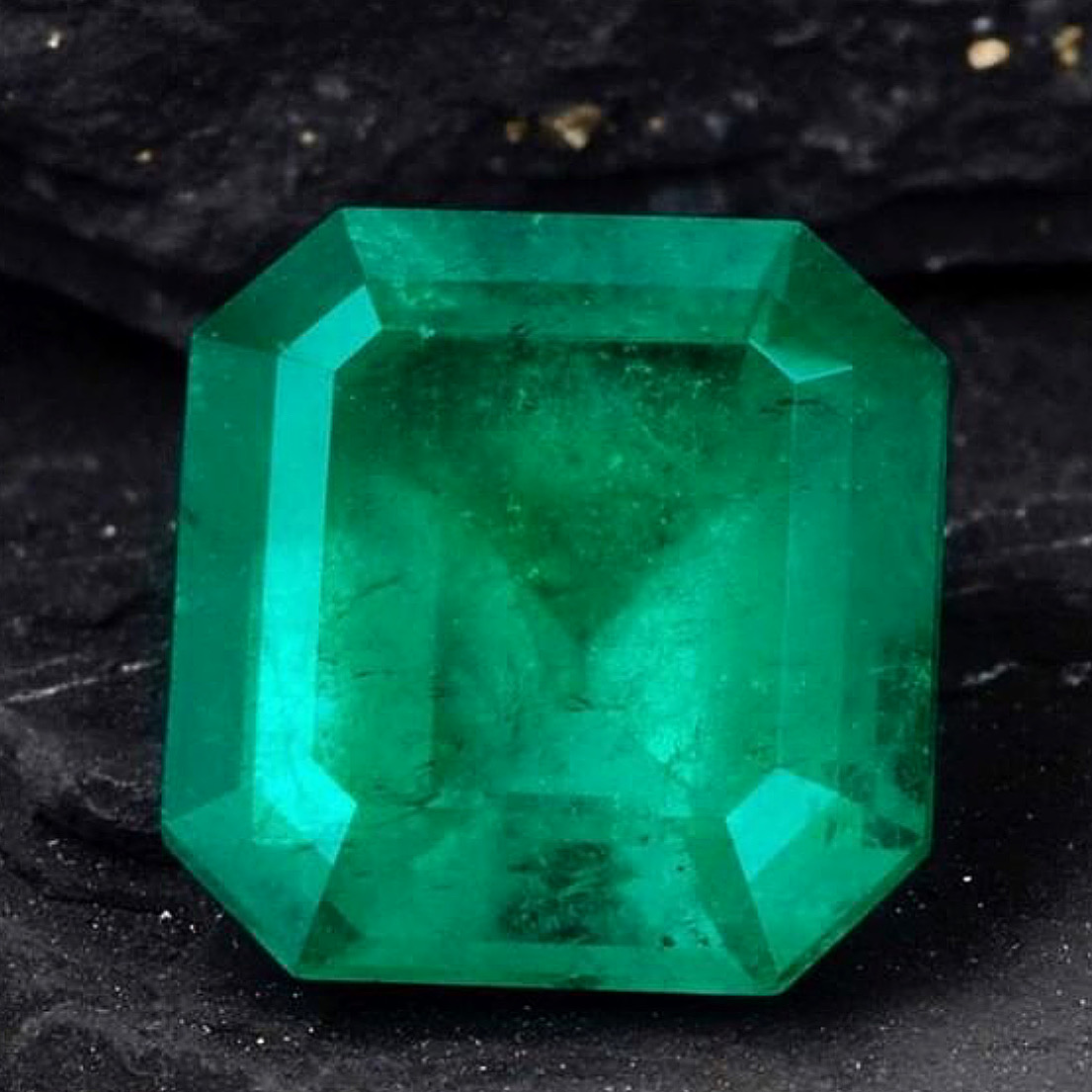
Emerald
Emerald is an enchanting gemstone. As visible inclusions in emeralds are common and expected, emeralds are mostly judged with great emphasis on color & transparency. It is said that the best and most expensive emeralds hail from Columbia…and many gem dealers will tell you Madagascar has yielded some exceptional specimens.
📸 from @muzo_official
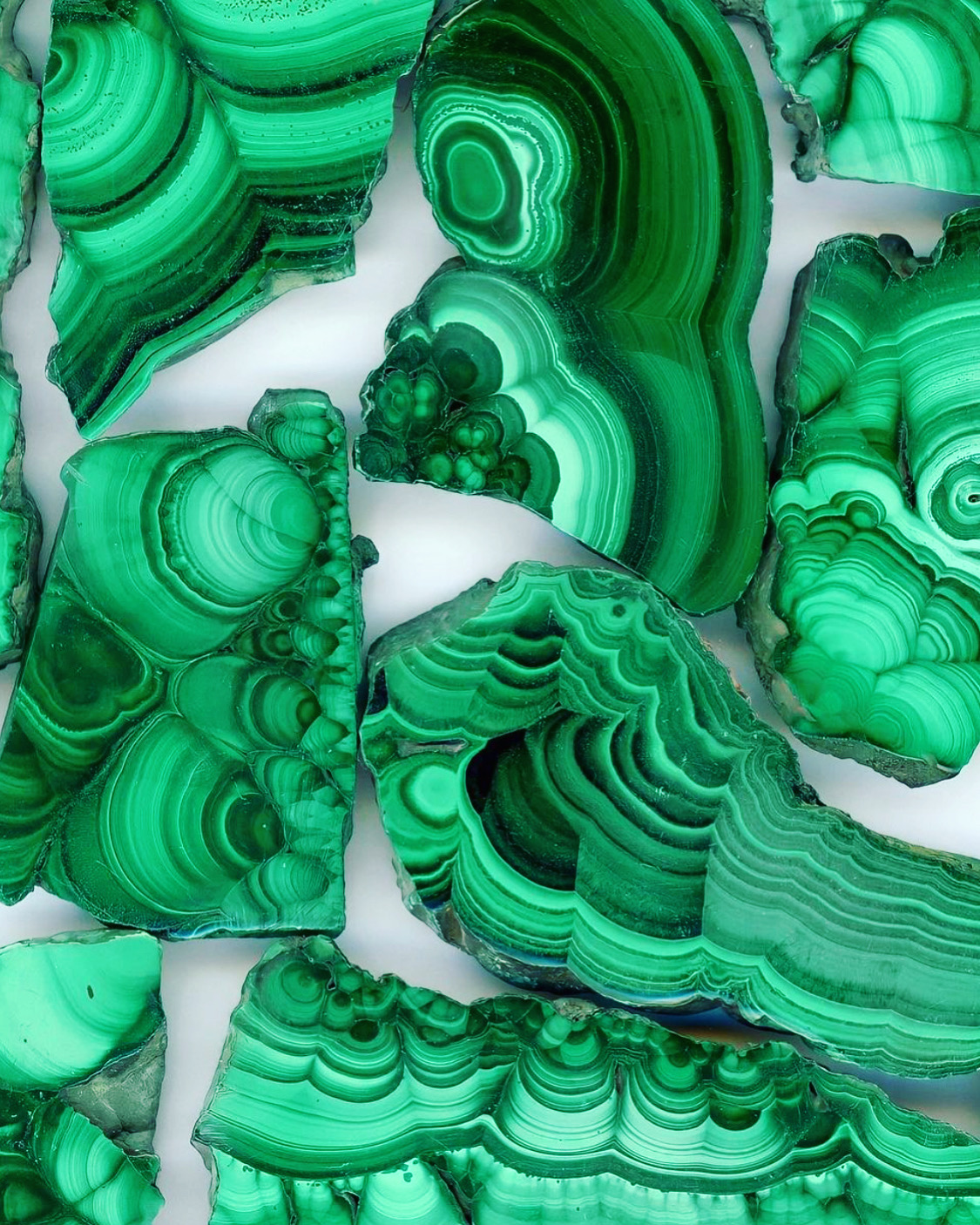
Malachite
Malachite is known for its striking green color and black banding patterns. Several large deposits found in the Ural Mountains of Russia during the 1800s were a direct cause of the flamboyant sculptural creations & furnishings during this time.
📸 from @dragonquartz_
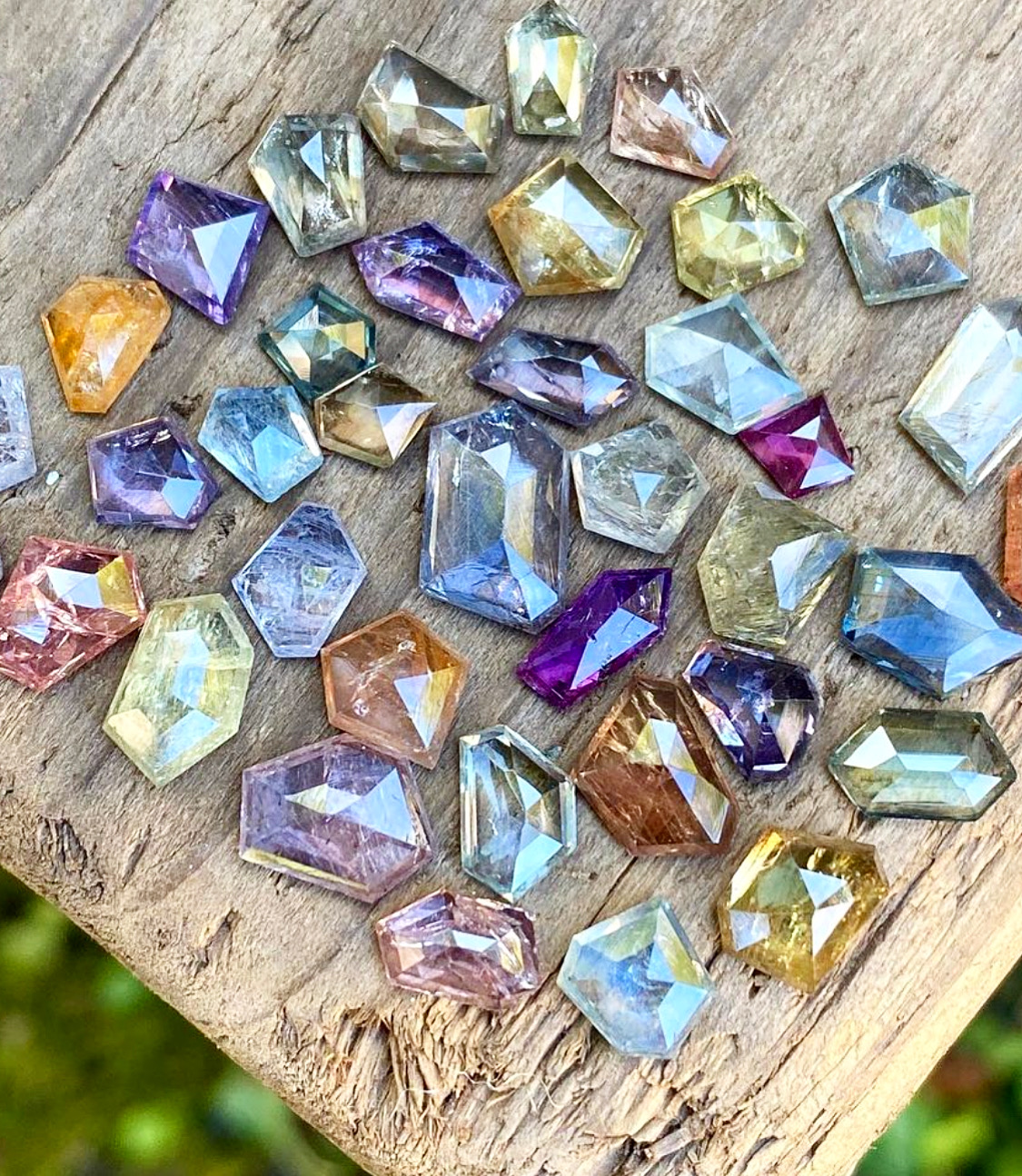
Sapphire
Sapphire belongs to the corundum gem group and graces us with stones in all the colors of the rainbow (except when it is red, it is called a ruby).
The blue variety is simply known as sapphire (shout out fellow September babies, this is your birthstone), with the other colors considered “fancy” sapphires & named by their colors — like pink sapphire, orange sapphire, etc.
Teal and greenish blue sapphires as well as parti-colored (two or more visible colors) are very popular right now. I’m obsessing over gold sheen sapphires, a newcomer discovered in Kenya in 2009.
📸 from @calebbquashen featuring all sorts of sapphires
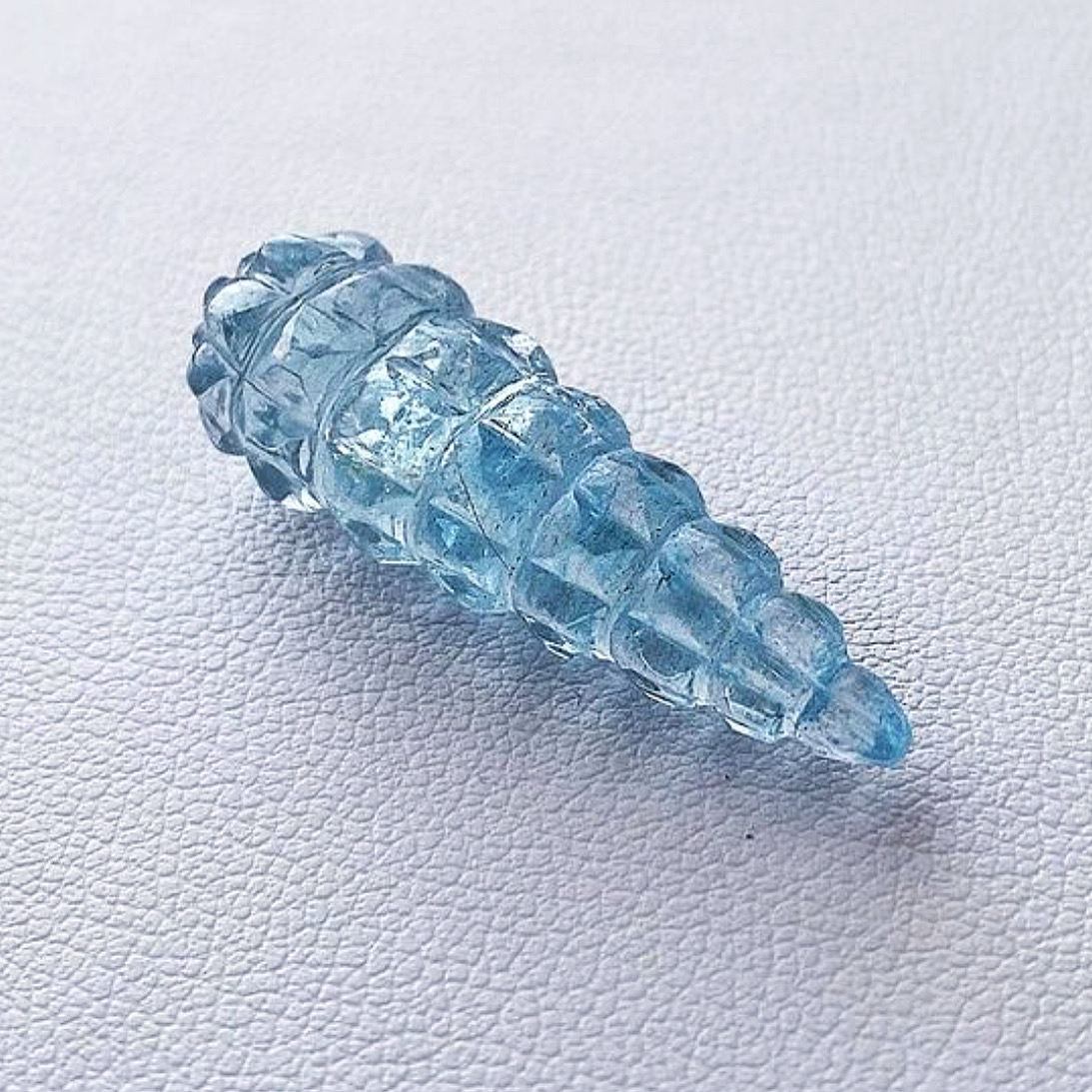
Aquamarine
Aquamarine, the gem of the sea and March’s birthstone. This dreamy gem can be found in Brazil and Pakistan, as well as many parts of Africa and even the United States (Colorado & Southern California).
📸 from @diamondoodles
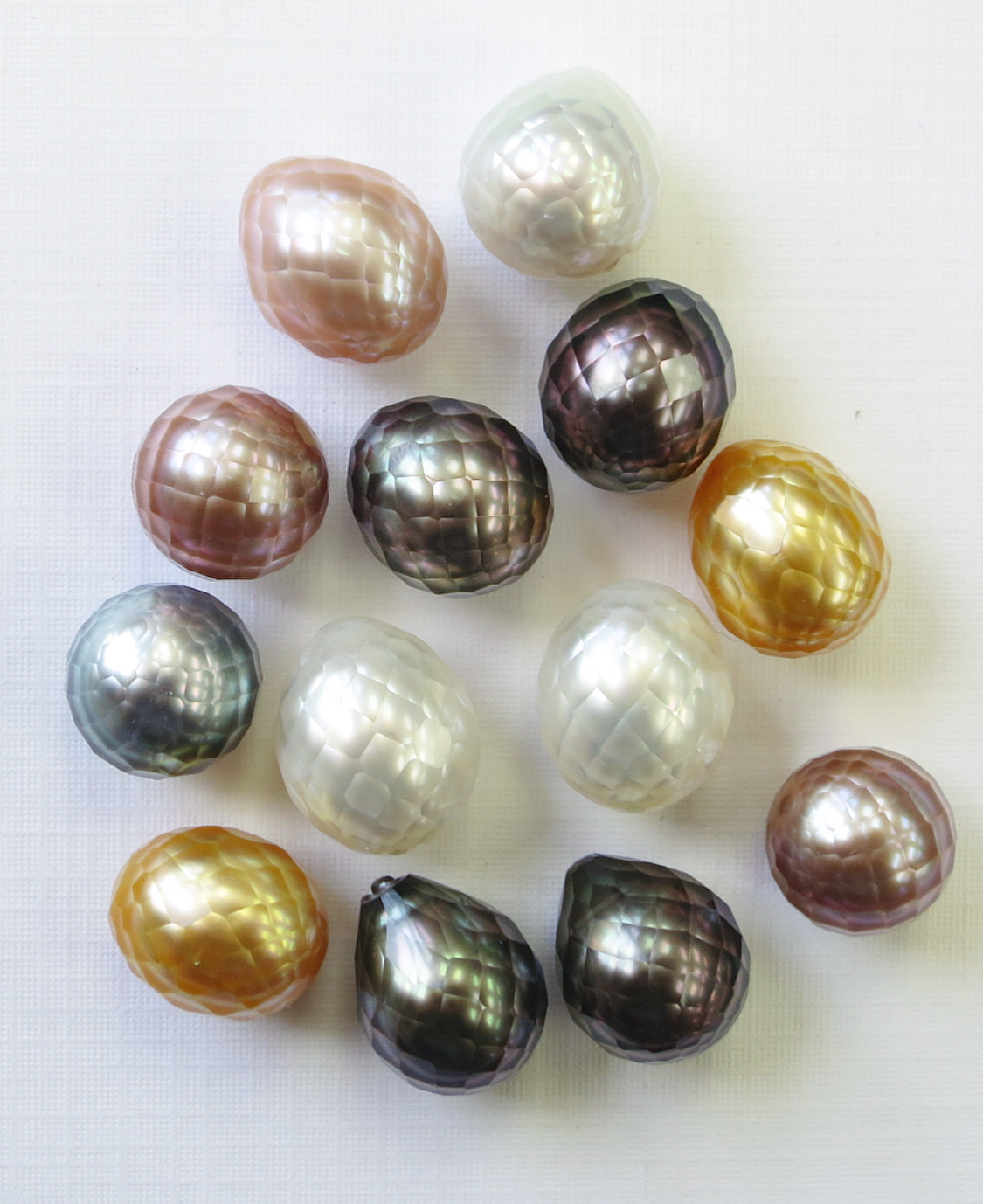
Pearls
Unlike gemstones, which form from geological processes millions or billions of years ago, the formation of pearls is a biological response initiated by the host organism to protect itself from irritants. It’s an ongoing process that creates nacre and takes a few years to complete. The end result is a pearl!
📸 from @elikopearlco featuring a unique bunch of faceted pearls
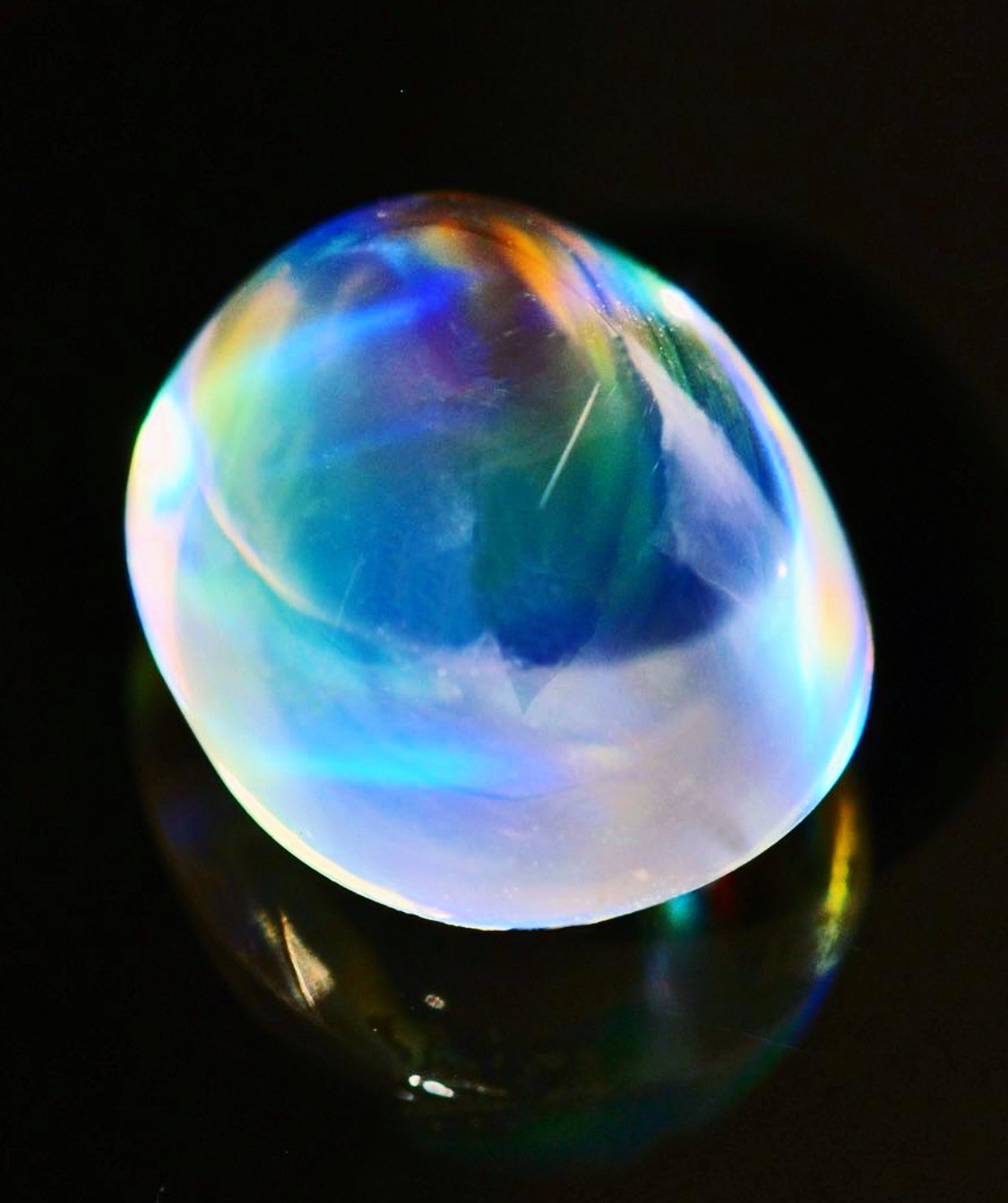
Moonstone
According to Hindu mythology, Moonstone is made of solidified moonbeams. I love that. Ok, but the real way it is formed is when orthoclase & albite separate into alternating layers. Which we all knew.
Moonstone exhibits a phenomena called adularescense (similar to labradorite) — a sheen-like glow.
📸 from @mayerandwatt featuring a rainbow moonstone
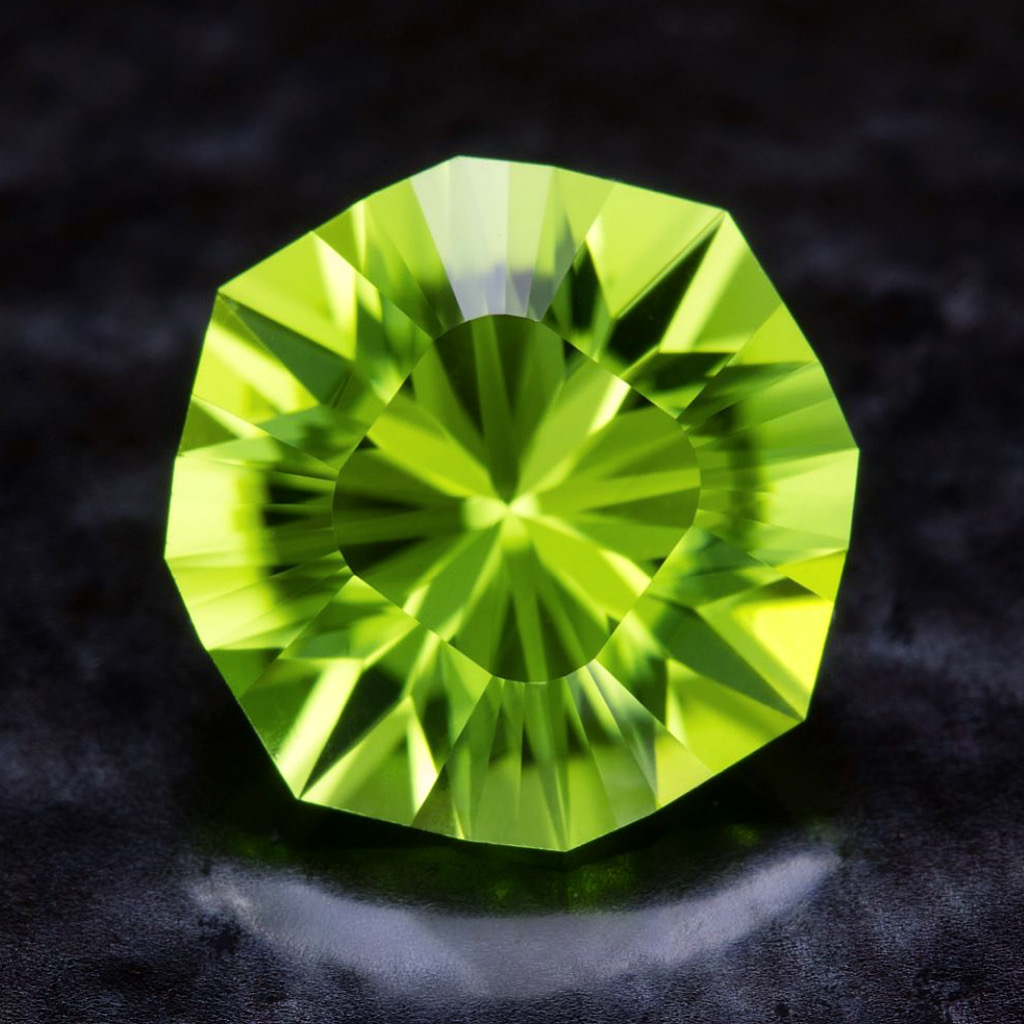
Peridot
Some historians believe that Cleopatra’s famous emerald collection might actually have been peridot.
Most peridot formed deep inside the Earth and was delivered to the surface by volcanos. Some also arrived here in meteorites, but this type is extremely rare.
📸 by @jeffreyhuntofficial
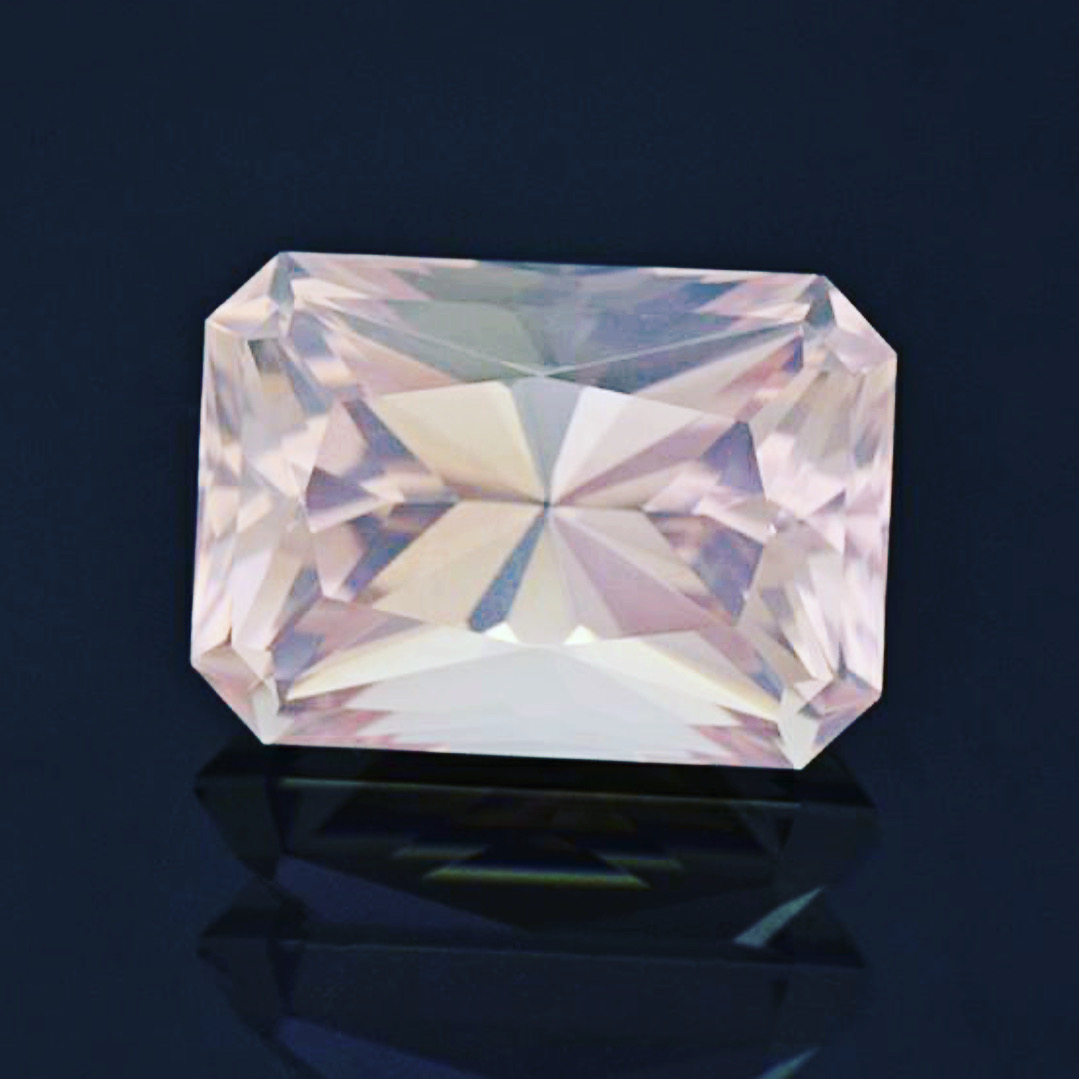
Rose Quartz
Rose quartz is one of my favorite stones to wear and collect crystal specimens of ✨
Its translucense is what sets it apart from other quartz. Microscopic mineral inclusions give this pastel gem a cloudy appearance. 🌫
📸 from @kosnargemco
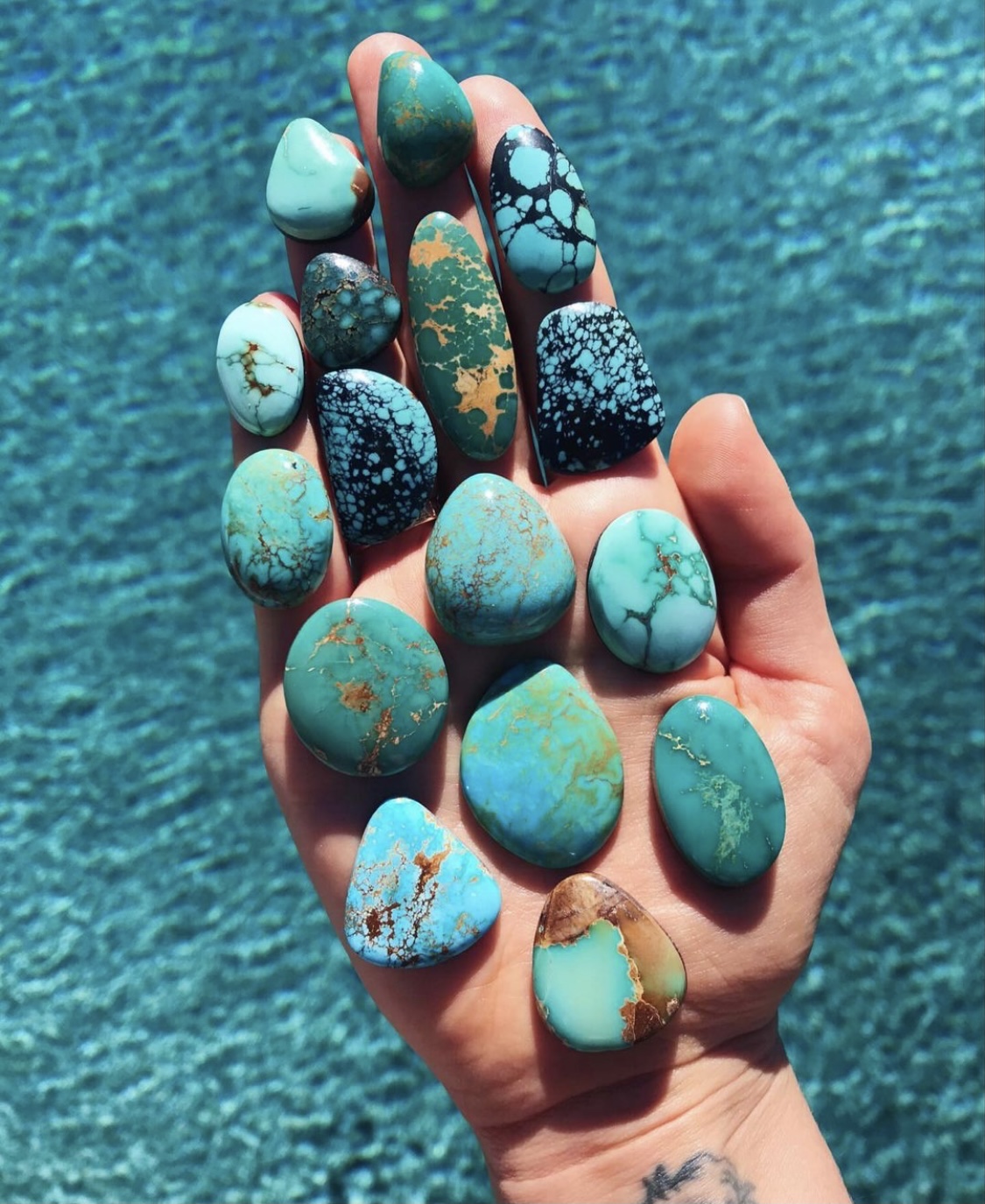
Turquoise
Turquoise buried in ancient Egyptian tombs dating back to 4000BC is among the world’s oldest jewelry. Top quality turquoise has a robin’s egg blue color and is typically from the Nishapur region of Iran, formerly known as Persia.
📸 from @bcejewelry

Mexican Cantera Opal
Mexican matrix opal…cantera opal…a few names for this special stone. This type of opal has the rhyolitic host rock included in the finished stone. Don’t fall for the manmade fakes which are broken pieces of opal set in colored cement or epoxy, which are created and polished into a cabochon shape.
📸 from @western_opals

